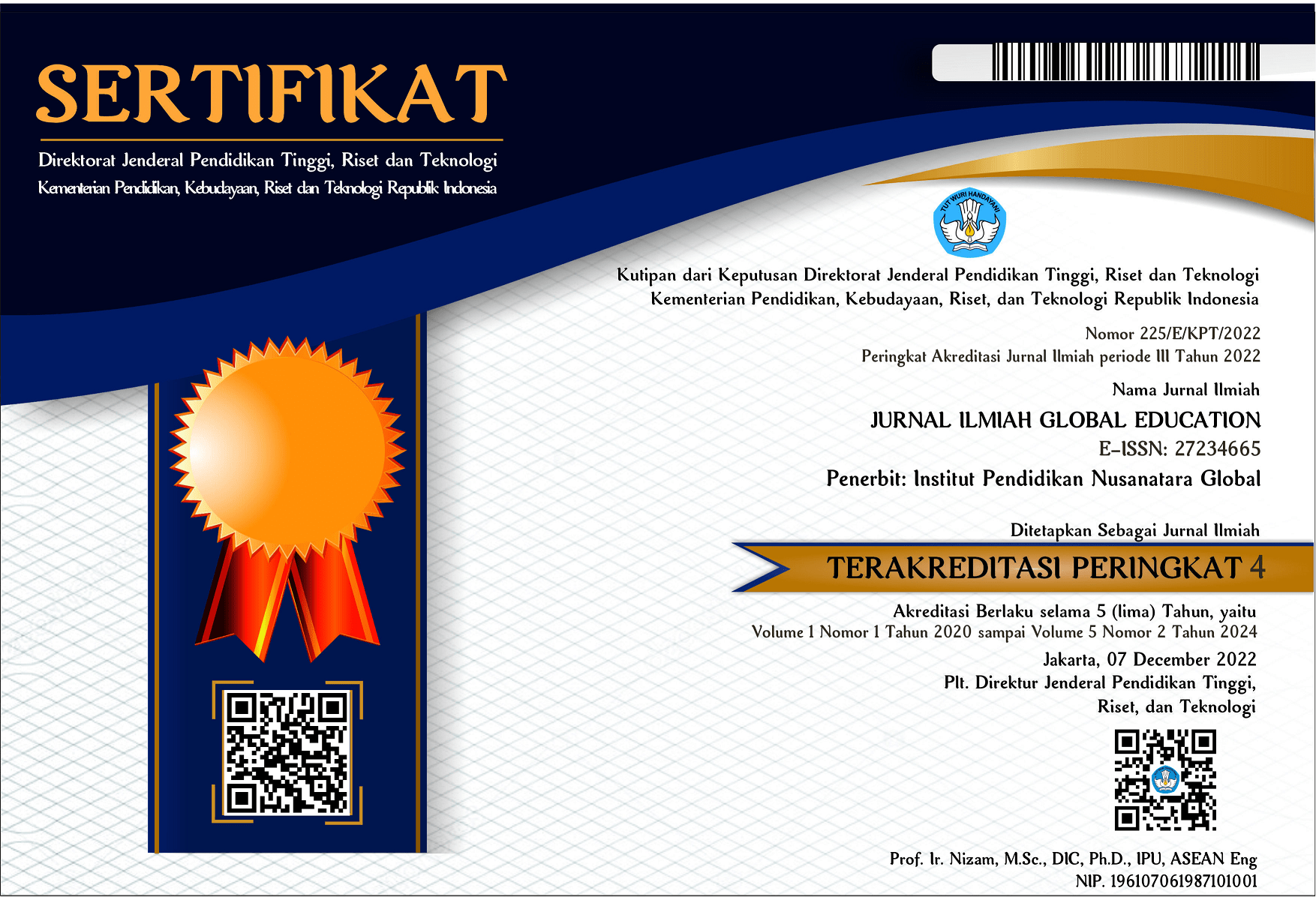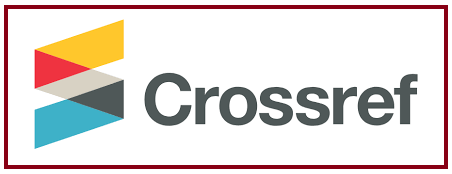FUNGSI SOSIAL RUANG PUBLIK (Studi Kasus Ruang Tepi Laut Kota Makassar)
DOI:
https://doi.org/10.55681/jige.v4i3.965Keywords:
Function, Public Space, BeachfrontAbstract
This research is motivated by urban waterfront spaces that are experiencing changes in social function, from shared living spaces to private spaces to become a handful of people who are economically capable. This study aims to determine the social function of waterfront space in Makassar City. This research uses a qualitative approach with a case study type. Data collection was carried out through in-depth interviews, participatory observation and documentation. Handling of informants follows a purposive procedure, namely determining in advance the group of informants who will be used as data sources with certain criteria. The informants of this study consisted of the indigenous people of the city of Makassar, immigrant communities and urban spatial planning experts. The results of this study indicate that the city's waterfront space which was previously a space for living together, a place for fishing boats to dock and dock, a place for welcoming families out to sea, a place for bargaining for fish buyers, has now become largely privatized for capital accumulation. The daily activities of fishing communities, which are a social function of the waterfront, are increasingly fading along with the management of coastal space as a tourist spot. Spaces that used to be easily accessible, time-free, cost-free have now been turned upside down. These spaces are now only accessible to social classes who have economic ability. As a beachside public space, its social function is disrupted because not all levels of society can access it. As a result, socio-economic class is quite difficult because it requires a lot of money. Waterfront public space has been socially degraded based on economic capacity.
Downloads
References
Arif, M., Mulyadi, R., Amalia, A. A., Amal, C. A., Nur, K. W., & Latif, S. (2022). Penataan Kampung Nelayan Barombong dengan Pendekatan Green Architecture. Journal of Muhammadiyah’s Application Technology, 1(2), 109–116.
Asriany, S., Silas, J., & Soemarno, I. (2011). Peran Ruang Publik Di Permukiman Masyarakat Menengah Ke Bawah Kawasan Panakkukang Makassar. Proseding Seminar Nasional The Local Tripod: Akrab Lingkungan, Kearifan Lokal Dan Kemandirian, 171–177.
Brodin. (2006). Public Space. Exploration of a Concept. Western Political Science Association Annual meeting Albuquerque.
Budihardjo, E., & Sujarto, D. (1999). Kota berkelanjutan. Alumni.
Campo, D. (2002). Brooklyn’s Vernacular Waterfront. Journal of Urban Design, 7(2), 171–199.
Carmona, M., de Magalhães, C., & Hammond, L. (2008). Public Space : The Management Dimension. Routledge.
Castells, M. (1977). The Urban Question: A Marxist Approach. London: Edward Arnold. Edward Arnold.
Chua, B. H., & Edwards, N. (1992). Public Space: Design, Use and Management. NUS Press.
Creswell, J. W. (2017). Research Design: Pendekatan Kualitatif, Kuantitatif, dan Mixed. Pustaka Pelajar.
Darmawan, E. (2005). Ruang Publik dan Kualitas Ruang Kota. Proceeding. Seminar Nasional PESAT, 35–43.
Dewi, R. P. (2019). Studi Kasus-Metode Penelitian Kualitatif. Sekolah Tinggi Agama Islam Negeri Sorong.
Ditjen Penataan Ruang. (2004). Pedoman Pemanfaatan Ruang Tepi Pantai Perkotaan. Departemen Pekerjaan Umum.
Doucet, B. (2010). Rich cities with poor people: Waterfront regeneration in the Netherlands and Scotland. Utrecht University.
Dovey, K. (2005). Fluid city: Transforming Melbourne’s urban waterfront. Routledge.
Echols, J. M., & Shadily, H. (2008). An English-Indonesian Dictionary. Gramedia Pustaka Utama.
Giddens, A. (1984). Elements of the theory of structuration. Routledge.
Jurgen, H. (1991). The structural transformation of the public sphere: An inquiry into a category of bourgeois society. MIT press.
Kurniawati, N. (2021). Indeks Keterbukaan Ruang Publik Kota Makassar (Studi Kasus Pantai Losari, Pantai Akkarena, Tanjung Bayang). Plano Madani: Jurnal Perencanaan Wilayah Dan Kota, 10(1), 134–144.
Latuapo, A. (2022). Masa Depan Pendidikan Agama Dan Tantangan Pluralisme Agama Dalam Ruang Publik Global. EDUSAINTEK: Jurnal Pendidikan, Sains Dan Teknologi, 9(1), 135–155.
Lincoln, S. A. (1995). Metodologi Penelitian Untuk Ekonomi dan Bisnis. UPP AMPYKPN.
Malik, A. (2018). Ruang Publik sebagai Representasi Kebijakan dan Medium Komunikasi Publik. Sawala: Jurnal Administrasi Negara, 6(2), 82–88.
Maruzy, A. Al. (2020). 15 Tempat Wisata Terbaik dan Populer di Kota Makassar. Berakhirpekan.Com. https://www.berakhirpekan.com/2018/07/tempat-wisata-di-kota-makassar.html
Piknik Wisata. (2023). 11 Pantai Terindah di Makassar. Piknikwisata.Com. https://piknikwisata.com/sulsel/makassar/pantai/terbaik/
Rahardjo, M. (2017). Studi kasus dalam penelitian kualitatif: konsep dan prosedurnya.
Sayidah, N. (2018). Metodologi Penelitian. Disertai dengan Contoh Penerapannya dalam Penelitian. Zifatama Jawara.
Siahaan, J. (2010). Ruang Publik : Antara Harapan dan Kenyataan. BPN. https://docplayer.info/258530-Ruang-publik-antara-harapan-dan-kenyataan-oleh-ir-james-siahaan-ma.html
Soenarno. (2002). Sambutan Menteri Permukiman Dan Prasarana Wilayah Dalam Rangka Seminar Manajemen Ruang Publik Jakarta. Ikatan Mahasiswa Perencanaan Indonesia Korwil Ii.
Stake, R. (1995). The Art Of Case Study Research. CA: Sage.
Sugiyanto, E., & Sitohang, C. A. (2017). Optimalisasi fungsi ruang terbuka hijau sebagai ruang publik di taman Ayodia Kota Jakarta Selatan. Populis: Jurnal Sosial Dan Humaniora, 2(1), 205–218.
Sunaryo, R. G. (2010). Perubahan Setting Ruang dan Pola Aktivitas Publik di Ruang Terbuka Kampus UGM. Seminar Nasional Riset Arsitektur Dan Perencanaan (SERAP) 1, 176–182.
Surjana, O. (2017). Implementasi Kebijakan Publik Dalam Pembangunan Ruang Publik Pantai Losari Makassar. Rekayasa Hijau: Jurnal Teknologi Ramah Lingkungan, 1(1), 53061.
Syafriny, R., Tondobala, L., ]Waani., & Fela Warouw. (2013). Place Making Di Ruang Publik Tepi Laut Kota Manado. MEDIA MATRASAIN, 10(1).
Tripcetera. (2023). 12 Pantai Terindah di Makassar yang Wajib Anda Kunjungi. Tripcetera.Com. https://blog.tripcetera.com/id/pantai-di-makassar/
Wrenn, D. (1983). Urban Waterfront Development. ULI-The Urban Land Institute. Washington DC.
Yin, R. K. (2009). Case study research: Design and methods. CA: Sage.
Downloads
Published
How to Cite
Issue
Section
License
Copyright (c) 2023 JURNAL ILMIAH GLOBAL EDUCATION

This work is licensed under a Creative Commons Attribution-ShareAlike 4.0 International License.













